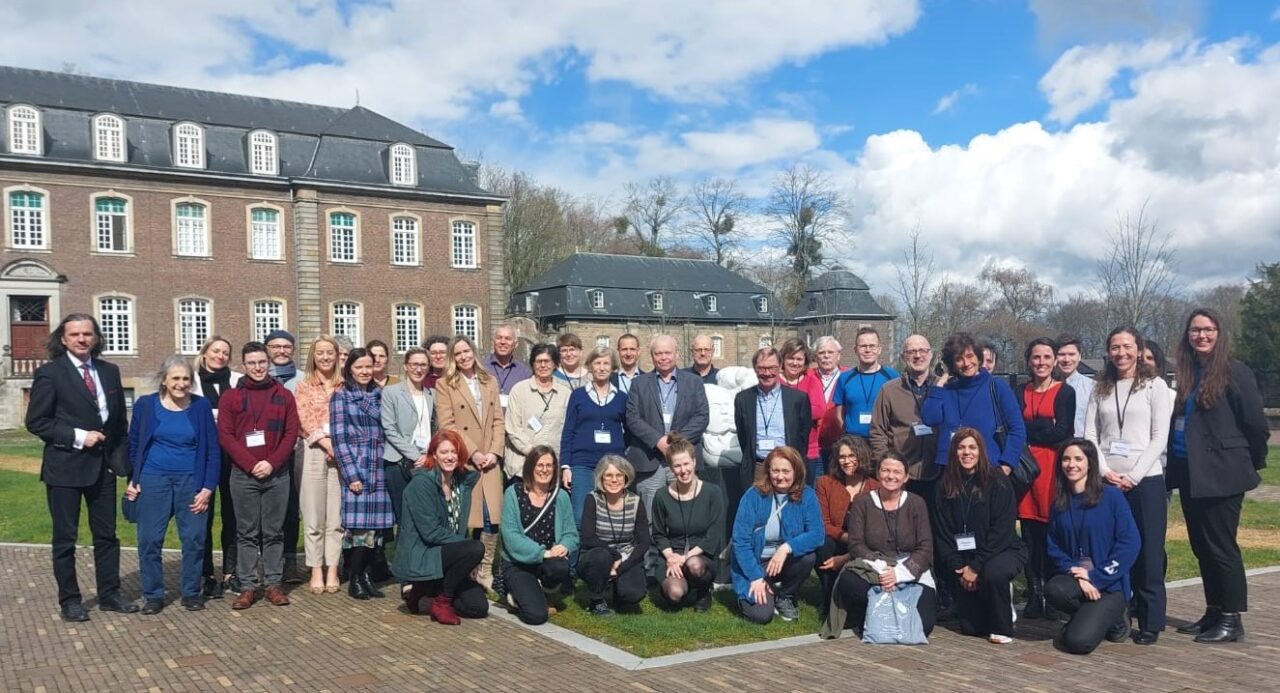Our objectives
The objective of the Euro-Peristat Network is to establish a high quality, innovative, internationally recognized and sustainable European perinatal information system. This system’s goal is to produce data and analysis on a regular basis for use by national, European and international stakeholders who make decisions about the health and health care of pregnant women and newborns.
The project began in 1999 as part of the EU’s Health Monitoring Program and has now reached its fourth phase; it seeks to produce perinatal health data routinely throughout Europe.
Our work
We developed a list of perinatal health indicators, updated regularly to take into account changes in both the data needed and the production of statistics in each country. It covers four principal themes:
- fetal and newborn health,
- women’s health,
- population characteristics and risk factors,
- medical practices and health-care facilities.
We have compiled the statistics produced by each country for their births in 2000, 2004, 2010, and 2015-2019 and published four reports that include all of the statistics collected for the indicators chosen. The last European Perinatal Health Report was published on 2015-2019 births. Detailed data are available for these indicators, both crude and according to characteristics associated with each (for example, neonatal mortality rate according to weight, gestational age, and number of fetuses).
We collected data during the COVID-19 pandemic for 2020-2021, included in a larger project of European federated data collection (PHIRI) and leading to publications.
Countries
Experts
Publications
Reports
Organization
This project is coordinated by the EPOPé team and includes representatives of the 27 European Union Member States, as well as Iceland, Norway, Switzerland and United Kingdom.

To learn more
Consult the Euro-Peristat website, and in particular:
- The report on births in 2015-2019 (pdf document)
- The list of detailed indicators
- The publications based on these data